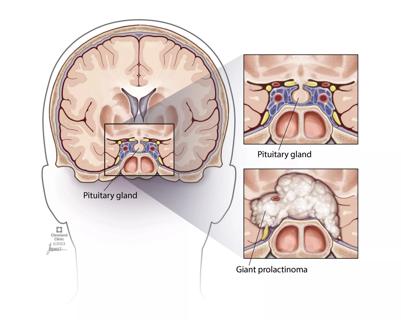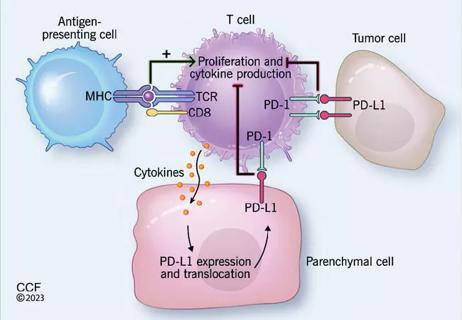Extension of the gut microbial pathway has therapeutic implications for obesity, diabetes

Many scientists have speculated that the bacteria inhabiting the human digestive system play a role in the development of obesity. Now this idea has been supported by its best evidence to date: New studies from Cleveland Clinic draw a direct line from bacteria in the large intestine to the growing populations of individuals with obesity and/or type 2 diabetes.
Cleveland Clinic is a non-profit academic medical center. Advertising on our site helps support our mission. We do not endorse non-Cleveland Clinic products or services. Policy
The obesogenic agent is trimethylamine-N-oxide (TMAO), a downstream metabolic product of various strains of gut bacteria digesting nutrients within red meat, egg yolks, and high-fat dairy products. The studies — dual investigations in mice and humans — appear in a paper published in Cell Reports that shows the following:
The studies were led by J. Mark Brown, PhD, of Cleveland Clinic’s Department of Cellular and Molecular Medicine, and performed in collaboration with the research team led by Stanley Hazen, MD, PhD, Chair of Cellular and Molecular Medicine and Section Head of Preventive Cardiology and Rehabilitation. Building on a series of investigations by Dr. Hazen’s group showing strong associations between TMAO and atherosclerosis, heart failure, chronic kidney disease and other cardiometabolic disorders (recapped here), the team hypothesized that TMAO is mechanistically linked to the pathogenesis of obesity and obesity-related diseases like diabetes.
To establish clinical relevance, the researchers investigated the relationship between circulating levels of TMAO and type 2 diabetes in two independent cohorts of human subjects. Their data showed subjects with type 2 diabetes have higher levels of TMAO. Moving on to the mouse model, they demonstrated that circulating TMAO levels in various strains of mice were positively associated with body weight, fat mass, visceral fat and subcutaneous fat.
Bringing the study back to humans, they looked at FMO3, the gene that encodes the enzyme that makes TMAO. They found that FMO3 was expressed more abundantly in the fat tissue of overweight or obese subjects than in lean subjects. FMO3 turned out to be positively related to body mass index, waist-to-hip ratio and adiposity. The researchers went on to validate this finding across a diverse group of men and women of European American and African American ethnicity.
Next they explored what would happen if they blocked the effects of TMAO by inhibiting the action of FMO3. Returning to the mouse model, they found that inhibition of the FMO3 enzyme in mice fed a high-fat diet significantly decreased body weight gain relative to mice fed a normal diet. Moreover, among a broader group of mice fed the high-fat diet, those with FMO3 knockdown had significant reductions in body weight gain and fat mass and a significant increase in lean mass compared with mice without FMO3 knockdown — even though both groups of mice ate the same amount of high-fat food. Thus, FMO3 knockdown effectively protected mice from the obesogenic effects of a high-fat diet.
Finally, the researchers found that inhibiting FMO3 (and, by implication, its product TMAO) promoted transformation of white fat into beige fat — a change associated with greater energy expenditure and weight loss.
“Obesity, diabetes and cardiovascular disease are strongly linked,” notes Dr. Brown. “These findings are among the earliest evidence of how gut bacteria influence obesity. They shed light on a possible way to therapeutically manipulate the microbiome to combat both obesity and diabetes.”
“Given the many strong associations of the gut microbe-driven TMAO pathway with human disease, this work has broad implications for drug discovery efforts targeting gut microbes themselves,” adds Dr. Hazen. “However, additional work is needed to better understand the entire pathway and the links between trimethylamine, FMO3, TMAO and human health.”

Radiofrequency ablation significantly reduces symptom severity, shrinks nodules

Maternal-fetal medicine specialists, endocrinologists and educators team up

Giving young patients a hand as they take charge of their own health

Case illustrates how easily condition can mimic preeclampsia

Analysis examines surgical resection of rare pituitary tumors

Screening and medication key to better outcomes

Spinal cord stimulation can help those who are optimized for success

Incidence, outcomes and management